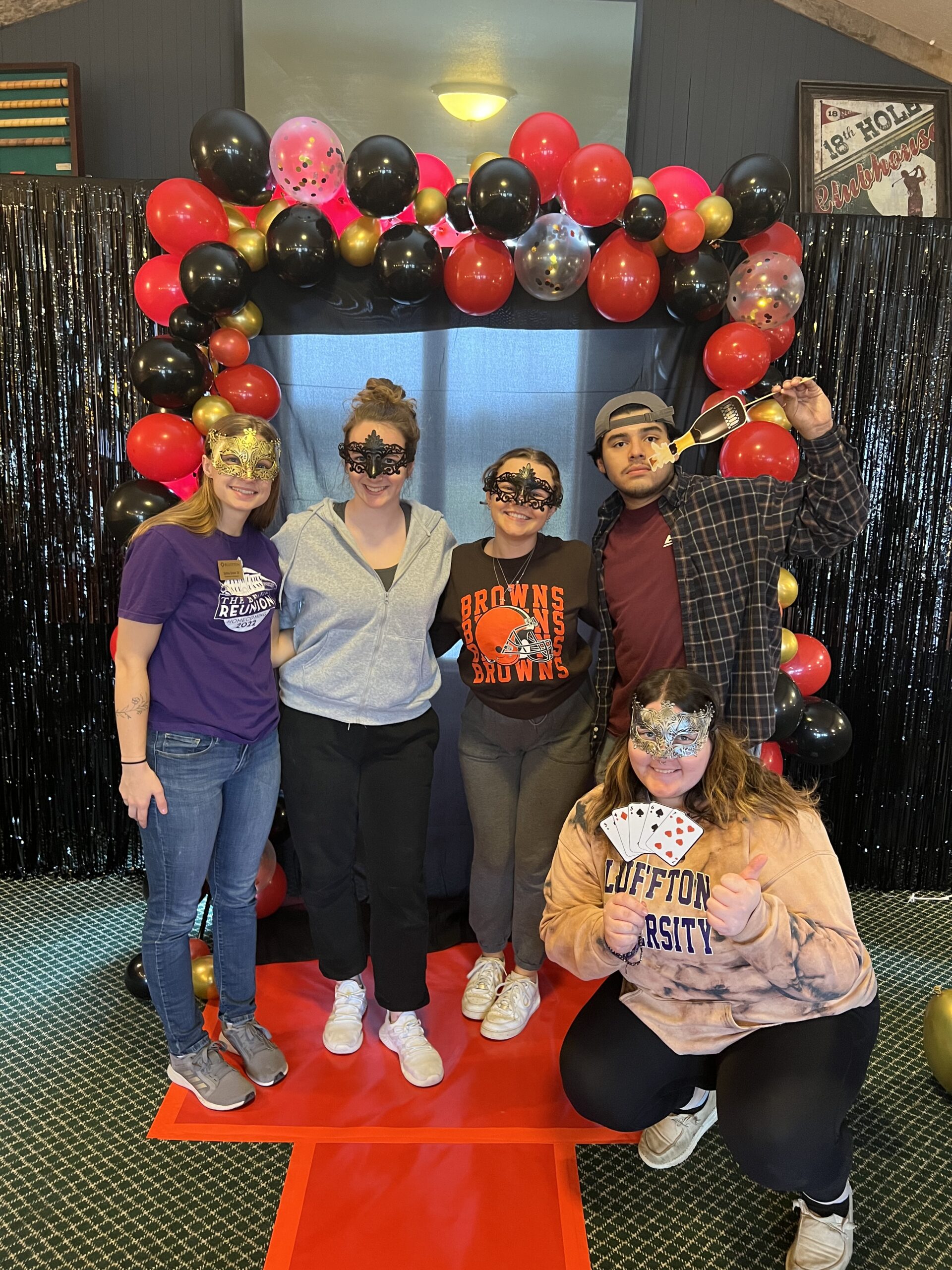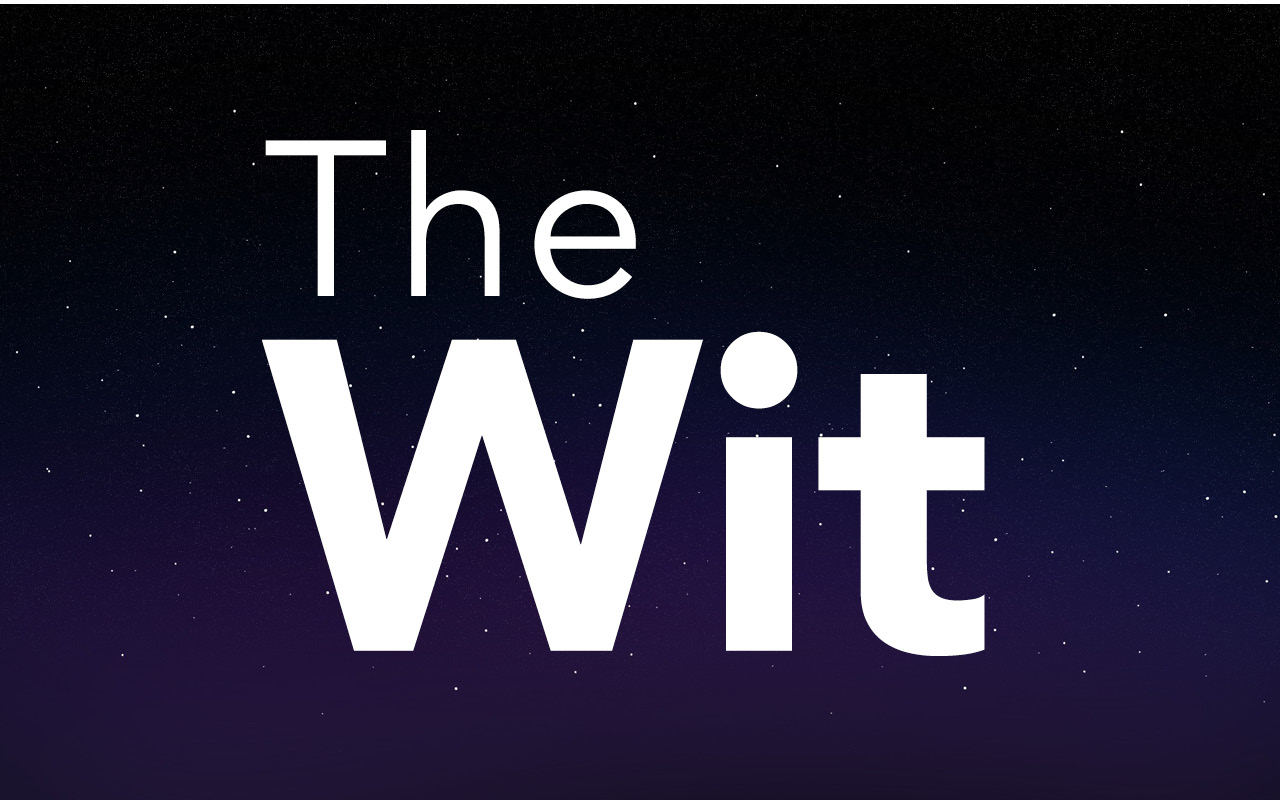In the midst of campus changes in response to the COVID-19 pandemic, athletic trainers Kim Schimmoeller, Kayla Bartlett, Sam McTee and Ashley Higginbotham never had the chance to be shown appreciation for everything they do for Bluffton’s sports teams or had the chance to continue helping their student-athletes through most of the month of March, which was also National Athletic Training Month.
The group, however, came up with a Twitter competition shortly after campus closed calling it the Bluffton Sports Medicine Challenge to still stay engaged with Bluffton’s sports teams.
Bluffton Sports Medicine Twitter challenge
“The Twitter competition is a way to continue to keep our student-athletes competing through the remainder of the semester,” Schimmoeller said. “Everyone likes a competition, so we saw this as a way to keep everyone connected via social media and to keep everyone engaged in a competitive way.”
Schimmoeller said this is the first Bluffton Sports Medicine Challenge, but she believes it will become a yearly challenge for the teams.
There are five rules for the competition.
First, there will be two to three competitions to be able to participate in each week.
Second, participation in each competition gets your team a point.
The third rule is there will be weekly winners as well as an overall winner at the end of the semester.
The winners are based on a percentage base point system so no matter the team size, each team has the same chance of winning.
Lastly, points are counted each Sunday for all competitions for the week.
There are opportunities for teams to be a weekly winner or possibly the overall winner at the end of the competition.
“We just want our teams to continue competing and having fun during this very different, somewhat difficult time,” Schimmoeller said. “We also want our teams to remain connected as a team, connected as Bluffton student-athletes, and stay connected with our staff.”
Tracking the competition is one thing for the training staff to do while social distancing but it is nothing compared to their normal schedules. They all described what a normal day for each of them is like as an athletic trainer.
A normal day for athletic trainers
Bartlett said a normal day started with a full morning of rehabilitation and evaluation of injuries. Even when she is not working directly with athletes, she still is busy planning, documenting and keeping up with duties. In normal conditions, the afternoon routine is similar to mornings but adds in pre-practice prep which includes anything from taping, bracing, heating and stretching the athletes to confirm water and practice supplies are set up.
“I definitely enjoy what I do, I don’t think any of us would be here if we didn’t love it,” said Bartlett. “The athletes are the reason we do what we do and they also make our jobs interesting and rewarding.
All of the trainers described similar schedules that consisted of early mornings and sometimes late nights depending on the season and sport. Even with it being a very time demanding job, they also said they wouldn’t have it any other way.
“I enjoy my job because each day is new, it can be a completely new day in the same job,” said Higginbotham. “Being home made me think about how I should be at treatments, baseball practices and baseball games. It made me realize how much my coworkers and athletes impacted my life.”
McTee said being home during March, a month in which she and her coworkers should have had the opportunity to carry out their job during its national month and watch their athletes be successful, was very different.
“Spring is a really fun time that I look forward to, getting outside again after a long winter,” said McTee. “My athletes mean a lot to me, I value every one of them and I love all of the things they have taught me and that every day they find a way to make me laugh, I can’t wait to get back to them all so soon”
The trainers look forward to spring and especially March, the National Athletic Training month because it is a great way to spread awareness about their profession.
Staying in touch while social distancing
“Due to the ‘stay at home’ orders we were not able to spend it with athletes however we were able to spread awareness via multiple forms of social media,” said Bartlett. “The ‘stay at home’ order affected our jobs in an unexpected way, we work directly with our athletes and normally it is very hands-on.”
Bartlett said that with the campus being empty of athletes, they have had to switch to communicating via technology. Schimmoeller also said she encourages her athletes to reach out to the staff if they have any questions because although the four trainers are in different locations, they are still ready to help their student-athletes in any way possible.
Schimmoeller describes the staff’s relationship with the student-athletes as one of the best things about Bluffton. She said working with athletes who want to excel in their sport and genuinely love their sport is what makes the training staff want to help them achieve everything they desire to.
Bartlett, Schimmoeller, McTee and Higginbotham said their most favorite and rewarding part of being an athletic trainer is the relationships they have created along with the opportunity to watch their student-athletes succeed personally, educationally, and in their sport.
“Our athletes, to me, are part of our sports medicine family and there is nothing better than that,” said Schimmoeller. “Seeing an athlete return to the sport they love after an injury and knowing how much work they have to put into getting back to 95% to 100% in the athletic training room, that is the motivation to keep doing this job.”






